Can Mice See In The Dark?

Vision And Mice
Poor sight causes mice to bump into objects in their environment. They can’t even see certain colors and red. It isn’t all bad news, though, for vision. Their eyes are pointing up from their tops, which allows them detect movement from various angles. Mice can locate focal points between 1 and 2 feet away from objects. Mice can sense movement up to 45ft away. Mice are nocturnal creatures and spend most of their time in darkness. They rely heavily on the whiskers for transportation. The whiskers can alert mice if they want to run.
How Do Mice Use Their Whiskers To Get Around In The Dark?
Rodents that are not visible at night, such as rats or mice, need to use alternative methods of getting around. One special adaptation they have for doing this is their whiskers.
The whiskers of mice and rats are arranged in rows along their heads. Each one is controlled independently by a set of muscles. At the base of each whisker is a follicle packed with mechanoreceptors (receptors that detect touch). These send signals back to the brain when the whiskers brush up against an object, telling the rodent exactly where and what that object is.
As they move around at night, mice repeatedly swish their whiskers back and forth. This behavior, known as whisking, allow the mouse to ‘feel’ around itself and detect nearby objects. This is how mice and rats can navigate dark obstacles without using their eyes.

Researchers Created Infrared Vision for Mice To See in Dark Space
All mammals can see the visible spectrum. While we can see most colors, some wavelengths (such infrared), are not visible to us.
Most infrared radiation that we see comes from heated objects. The infrared light can also be scattered by objects.
Infrared radiation is used to produce visible images in thermal imaging as well as night vision. This allows us to see even in the darkness. This radiation is widely used for surveillance, forecasting, tracking and photography.
Researchers took infrared technology further in 2019, hoping to surpass the limitations of the visible spectrum. Infrared vision is possible for mice by injecting nanoparticles in the eyes, according to a February study. The mice can see in the dark, thanks to this.
And What About Other Rodents? Can Rats See In The Dark? Are Squirrels able to see in the dark?
Like mice, rats are primarily nocturnal creatures and spend most of their active time in the dark. Though they also have poor vision, like mice they equipped with special adaptations that allow them to thrive at night. By whisking and sniffing, they can navigate obstacles, find food and water and avoid nocturnal predators.
Diurnal rodents, like squirrels, are mainly active during the daytime. These animals are adapted to spending most of their waking hours in the daylight, and they have much better eyesight than rats and mice as a result. They are not as adept at using the other senses to navigate in darkness. They are more likely to be asleep than mice and rats, and therefore have less time after darkness falls to hunt for food or avoid being eaten by predators.

Overview Of Mice
Mice are among the most common household pests in the United States. Mice have large rounded eyes, have pointed muzzles, have tails that are longer than their bodies, and have four legs. They come in gray colors with cream-colored bellies. Their bodies may be up to 3.75 inches, excluding their tails.
Mice are said to be very intelligent creatures. Mice are comfortable in crawling alongside walls, and they don’t like being exposed to open spaces. This works to their benefit. The mice have amazing memories, and they can recall the exact paths they traveled. They also recognize a new obstruction in their regular paths and would quickly recognize it as something dangerous.
Night Vision Games
The mice responded positively to the infrared light and were able to detect it.
They gave the mice two options: a dark and an illuminated infrared box. Normally, mice who sleep at night choose the safer option. Because they could not see infrared light, the ordinary mice didn’t choose between them. But the modified mice favoured the dark box.
The team also taught each mouse type to associate green light and an electric shock. Modified mice also learned to be afraid of an infrared lamps.
Researchers placed rodents in water mazes with different lighting patterns. The one that led to dry hiding place, the others illuminated mice. They were either visible or near infrared, so that the mice could choose which side to follow through the maze.
“It’s sometimes a little bit creepy,” says Xue. “You show different patterns to the mouse which you cannot see to you, it’s just an empty screen. But the mouse can choose it correctly.”
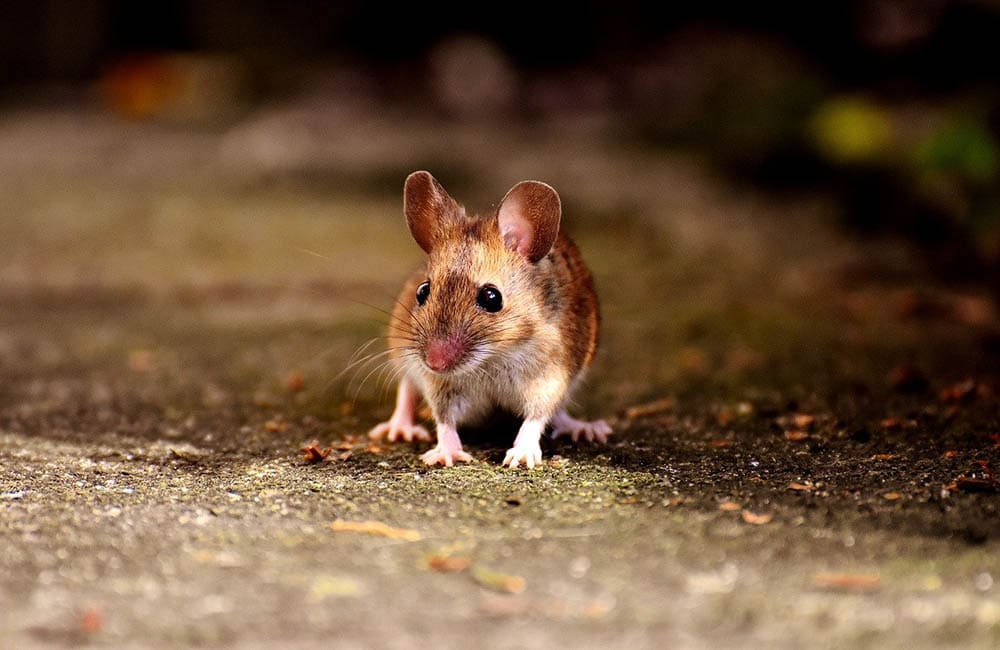
The Future Of Sight: Scientists gave mice infrared vision so they could see in the dark
Humans and all mammals can see certain wavelengths. However, some wavelengths (such as the infrared) are not visible to our eyes.
The majority of infrared radiation we see is produced by heated objects. Infrared radiation can also be reflected by objects.
Infrared radiation is used to produce visible images. Night vision and thermal imaging both make it possible to see into the darkness. It is used in many areas, including surveillance, weather forecasting and tracking, as well as photography and tracking.
At the beginning of 2019 scientists took infrared technology to the next level in a bid to push the limitations of our visible capabilities. Infrared vision was possible in mice by injecting nanoparticles in their eyes. This amazing discovery was published in February. They can see in darkness thanks to this.
The nanoparticles bind tightly to cells of the eyes in mice that can detect light once they have been injected. Here, the nanoparticles captured infrared wavelengths and, at the same time, emitted shorter wavelengths. The shorter wavelengths were within the visible light range, and the mice could detect them. This produced a visible image.
If this technology were to be used in humans, we would be able to see in the dark. The images we’d see would appear green in color – just as if we were wearing built-in night vision goggles!
Dogs And Cats
When they’re around people, mice can become docile. They make great pets, especially for small children. Mice make great pets. Mice retain good memories for the long term. Mice can recall their owners. It is rare for other animals to have this ability.
They love to be touched and are affectionate. Keep them inside your cage because they have natural predators. Birds, dogs and snakes are their natural predators.
Mice do their own grooming and don’t require bathing. Male mice have a stronger odor than their female counterparts.
You will need to secure your mouse(s) in a safe cage. Special pellets are available for their nutrition, but they also eat seeds.
You need to provide a bed for your pet. Most pet owners use uninked, recycled or shredded paper pulp.
On a darker note, mice are used as food for other people’s pets, like for their pet snakes.

What is the best way for mice to get around in darkness?
Since mice cannot see in darkness, what is their method of getting around? Although they are able to see in darkness, mice can only use their eyes to sense motion. The rest of their movement is accomplished by their noses, whiskers and ears.
Mice have plenty of whiskers along their face. These whiskers contain something called mechanoreceptors, which are located in the bases of each whisker’s follicles. What’s a mechanoreceptor exactly? It’s a receptor that can detect touch! That means when a mouse’s whiskers touch something, this receptor then sends a message to the brain letting the mouse know what the object is and where exactly it’s located. It’s pretty neat.
Mice use their whiskers to find objects in your house late at night. They do this by wiggling their whiskers. This way, they can navigate to where they want to go.
It’s not only their whiskers that lead them around, though. The sense of smell is also a strong feature in mice. They are also whisking and sniffing for food, so they can help predators avoid them.
Finally, mice also have exceptional hearing. Mice can pick up sounds that we cannot, helping them to avoid being prey. Science has actually shown that male mice can communicate with their potential partners via ultrasonic pitch.
Will Mice Come Out If Lights Are On?
No other creatures on earth are as polarizing as mice. It is either you like them or you hate them, or at least that is how it looks like. Those who like mice argue that they look cute and are more intelligent than let us say cats or dogs. Mice are considered unwelcome guests by those who dislike them. They can cause serious problems for the families they infest. They can build nests and contaminate water and food, transmit diseases and damage property. Their presence can cause a business to shut down. Indeed, the presence of these creatures is something no homeowners must tolerate.
Sun Tzi, the legendary Chinese general of army Sun Tzi said that “if you know your enemy’s personality and who you are,” you don’t have to fear what might happen in the end. Similarly, if you want to get rid of mice, it is important to know their behaviors.
So what are the behaviors of mice that we need to know? They are night-active, which means they sleep at night. They don’t like the sun. If that is so, then it should follow that they do not like it when the lights are turned on, do they?

Researchers Enable “Super Mice” To See Near-Infrared Light
Nanoscale devices convert near-infrared light into visible, green light. They were injected into mice’s eyes to enable them to see infrared Getty images.
Jian Zhang and Gang Han, biotechnology scientists have developed near-infrared detection abilities for mice. The ability used to be only possible for a few animals, such as bats and snakes. Gang Han, a biochemist at the University of Massachusetts Medical School calls these rodents “super mice.” Cell published their results on Thursday.
Mice and people can detect photons only in the wavelengths 400-700 nanometers. This is a small portion of electromagnetic spectrum. Both species can see shorter wavelengths and longer ones, such as the infrared or ultraviolet ranges. Lens and the cornea filter most ultraviolet radiation, while our eyes can only see infrared. Tian Xue is a professor of life sciences at the University of Science and Technology of China. “This limit to our visible spectrum” he says. Gang explained to me that Gang was working on this unique material. His topic was photon conversion nanomaterials. It is the term for invisible and low-energy photons. Chris Murray (a University of Pennsylvania materials scientist who wasn’t involved in this work) says that the key to the function lies in nanomaterials’ composition. “They are made of a group of elements called rare earth metals,” he says. One of their most fascinating characteristics is that they possess very long-lived exccitation states. When an atom absorbs energy from a colliding photon for instance, some electrons in the nucleus of the atom dance in an energetic pattern, but for only a short time. Once the electrons are back in their normal positions, an atom will release the stored energy. For most elements, this moment is in billionths of a second.
Rare earth metals can be excited for millions or thousands of seconds. Murray claims that Murray has enough time to allow for another photon. This can be used to smash into an atom and create more energy. Murray says it’s “almost like someone is climbing up ladders.” Rare earth metals have “a bit more traction” which allows them to stay on the 2nd rung for longer periods of time in order to catch the next wave. This allows them to capture multiple low-energy photos, even those in the far infrared, and to release it as a single higher-energy one in the visible spectrum.
Han spoke to Xue about materials that exploit the rare earth-metal properties. “A crazy idea like science fiction” was Xue’s response. Scientists might be able to convert invisible infrared radiation from visible light if the metals are integrated into the eyes of animals as a nanomaterial. It would be able pass infrared visual information directly onto the retina. Xue states that it was not possible. It’s worth trying. Han and Xue created their nanoparticles with two rare earth metals, erbium (ytterbium) and Con (conjugated protein). A. Han explains, “Ytterbium absorbs [infrared] radiation, and then transfers it to a nearby erbium atom that emits it in the form of a green glow.” The nanomaterial is able to absorb near-infrared light of 980-nanometers (which is close to the red end of the visible spectrum). The Con. The Con. The Con.
What can I do to get rid of mice in my home?
It can be difficult to keep mice from your home due to their ninja stealth. One good way to start, though, is by making it harder for them to get in, in the first place. Mice can squeeze through small spaces and are very tiny. Check for cracks near the baseboards or in your foundation. If they are, repair them. Also, check gaps under doors to see if they’re big enough for a mouse to fit through.
Mice are usually on the hunt for food, so storing your food differently can help. Instead of keeping rice in a bag or pasta in the box, store them in containers that can’t be chewed through.
You can also use mouse traps. Mice have a habit of coming back to the same place every day. They’ll come out around the same time each day, and they won’t stray far from their nests. You can set traps to capture them if you know where they are coming from. You can choose which type of trap you want to use. There are many options, from simple snap-type to more humane.
And if you’ve done the above, but nothing has worked to get the mice out, your best bet will likely be to call pest control so they can help.

Signs Of Mice Infestation
Here are signs to look out for:
1. A dead mouse is a sign that there may be more in your house. Mice live together in a single nest because they do not like to be alone, so there is a huge probability that the dead mouse had some company before it died.
2. Mice droppings scattered all over the house. Their droppings look like tiny black pellets. Mice leave lots of droppings because they eat a lot, so they poop a lot. These droppings can contaminate food and water.
3. Leftover food scraps, seeds or wraps should be disposed of immediately, particularly in places that can’t easily reach pets and humans, such as inside shoes or the corners of cabinets.
4. You can hear rattling sounds from within walls, ceilings and floor cavities.
Are Mice Nocturnal?
They are indeed! At least, for the most part. Although mice in their homes are more comfortable going to bed at night, it all depends on the environment. Mice will play more during daylight hours if you are away from work, so it is better to be at home working late.
The mice prefer to feel safe so they choose to go out at times when there is least danger. Wild mice are usually active during dusk and dawn hours because there is very little light, and little light means it is harder for predators to see them.
So, the preference for low light conditions must mean they can see in the dark, right?
When The Lights Are Turned On, Will Mice Come Out?
These animals are sensitive to light, and can have poor eyesight. They have survival instincts that cause them to avoid large animals. Being active night-time helps mice not be seen by predators and people. They may become scared by loud, flashing lights, or other noises, as they avoid danger.
Are Mice Able To See Well At Night?
Even though they have weak eyesight, mice can still hear faint sounds, so predators are not a problem. The U.S. National Library of Medicine published research showing that mice cannot see in dark because they are nocturnal creatures with poor eyesight.

What is the best way for mice to get around?
Even though mice have poor eyesight, their hearing is excellent and they can hear sounds that are too loud for human ears, which helps them avoid predators. Researchers have discovered that male mice can communicate with their potential partners using ultrasonic pitch that sounds like whale or bird song. This is one reason why ultrasonic versions of pest control aren’t effective.
Also, mice have strong senses for smell and taste. When looking for food, their noses definitely lead the way.
If That Is The Case, Can We Use Light To Deter Mice?
The light in your home isn’t effective at keeping mice away. Once inside a house or a building, they can easily look for dark areas to hide until such time as all lights are turned off. Hidden places include crawl spaces, ceilings and attics. It is possible to limit the movement of mice by turning the lights on. They’d be there, however.
It seems that a perimeter light system surrounding a home is effective. Mice cannot cross the lights and are thus stopped from getting into the house. The mice would prefer to search for food in dark areas.

What can I do to tell if there are mice in my home?
Although you may never see one in your house, you will be able to tell if there is one.
What Mice Do to Light
Mice are so used to darkness that they react differently to light than humans. Mice’s eyes are suitable for the dark. They can also see in pitch blackness and dim light. They respond to ultraviolet light as well. Humans cannot see any ultraviolet light waves.
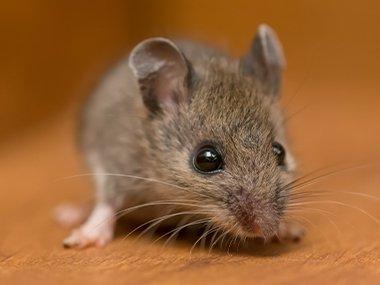
Conclusion
Mice and rats are active at night so they can see well in darkness. Though their vision is not great, mice and rats can sense motion in dimly lit areas, which helps them to dodge predators. Even though they don’t have night vision, the other senses they have are more than adequate. Night-visionless rodents know how to use their whiskers for a better understanding of their surroundings. They also have an excellent sense of smell, which they use to seek out food and mates while avoiding predators in the dark.
Management
Here are some tips on how to get rid of mice:
2. Place food in sealed containers. You can keep food fresh and safe.
3. Fix leaky faucets and pipes. Water sources are attractive to mice.
4. Remove clutter in the house where they can hide. Boxes and cardboard should be kept away as well.
5. Use lids to cover your trash cans. Regularly dispose of the garbage.

What Is The Best Way For Mice To See? Can They See in the Dark?
Mice can’t actually see in all lighting conditions. Mice’s vision is worse than humans.
Their eyes have some tricks that can help them survive the darkness. A study has shown that mice’s eyes are better equipped to sense motion in dim lighting, which could give them an advantage over night predators.
If that is the case, can we use light to deter mice?
Unfortunately, the light inside your house is not a very effective deterrent to mice. Once inside a house or a building, they can easily look for dark areas to hide until such time as all lights are turned off. Places they can hide include inside the walls, crawl spaces, attics, and ceilings. It is possible to limit the movement of mice by turning the lights on. Nevertheless, they would still be there.
Can Mice See In The Dark?
Mice can be active and asleep at the night, so they’re usually not visible during daylight hours. It can be very difficult for them to be detected. Mice are often sneaky and stealthy, which can mean they may go unnoticed long term unless you keep an eye out for droppings.
Other rodent species, including mice, have special adaptations to live in darkness. These adaptations allow them to live in dark places, such as crawlspaces, walls, and storage boxes. Over time, large numbers of rodents could build-up, which can cause major damage to the house’s contents and structure.

What is the best way for mice to see? Are They able to see in the dark?
Mice can’t actually see in all lighting conditions. Their vision is far worse than human eyes.
There are some things that their eyes can do to make it survive in the dark. One study found that mouse eyes may be geared up to detect motion in dim light, giving them an edge over potential night-time predators.
The Future Of Sight. How Scientists Made Mice Use Of Infrared Vision to Help Them See In Dark Space
The visible light spectrum is a range that all mammals, including humans, can see. Although we are able to see all colors of the spectrum, certain wavelengths (such as infrared) remain invisible.
The majority of infrared radiation we see is produced by heated objects. The infrared light can also be scattered by objects.
Thermal imaging and night vision technology both use infrared radiation to create visible images, allowing us to see in the dark. It is used in many areas, including surveillance, weather forecasting and tracking, as well as photography and tracking.
Researchers took infrared technology further in 2019, hoping to surpass the limitations of the visible spectrum. A February research published the amazing finding that scientists could inject nanoparticles into the eyes to provide infrared vision for mice. This allows the mice to see even in dark.

Conclusion
Rodents like rats and mice are primarily active at night, so can these creatures see in the dark? Though their vision is not great, mice and rats can sense motion in dimly lit areas, which helps them to dodge predators. Even though they don’t have night vision, the other senses they have are more than adequate. Night-visionless rodents know how to use their whiskers for a better understanding of their surroundings. They also have an excellent sense of smell, which they use to seek out food and mates while avoiding predators in the dark.
Night Vision Games
They conducted experiments that showed the mice actually detected and responded to infrared lights.
They gave the mice two options: a dark and an illuminated infrared box. Normally, mice that sleep at night will choose a safer box. Because they could not see infrared light, the ordinary mice didn’t choose between them. But the modified mice favoured the dark box.
The team also taught each mouse type to associate green light and an electric shock. However, modified mice were also trained to fear an infrared lamp.
Researchers placed rodents in water mazes with different lighting patterns. One led to dry hideout, while the other two illuminated the mice. The lights were either in visible or near-infrared and so the altered mice chose which arm to go through the maze.
“It’s sometimes a little bit creepy,” says Xue. “You show different patterns to the mouse which you cannot see to you, it’s just an empty screen. But the mouse can choose it correctly.”
/questions-and-answers-about-mice-2656489_v4-687348a28ee84895b74c2885a440a40a.png)
How Mice React To Light
Mice are used to being in the dark and react to light very differently from humans. Mice’s eyes can see well in darkness. Mice can see well under dim lighting and in the dark. As well, it responds to UV light. It is impossible for humans to see ultraviolet light waves.
Study results have demonstrated that mice react to light even if they are not able distinguish between shapes. According to the study, melanopsin (a protein responsible for detecting light in mice’s eyes) is also present. Melanopsin communicates to a mouse’s mind information about the level of brightness around it.

If that is the case, can we use light to deter mice?
Unfortunately, the light inside your house is not a very effective deterrent to mice. Once inside a house or a building, they can easily look for dark areas to hide until such time as all lights are turned off. Hidden places include crawl spaces, ceilings and attics. It is possible to limit the movement of mice by turning the lights on. They’d be there, however.
A perimeter light system around a house seems to prove effective. Mice cannot cross the lights and are thus stopped from getting into the house. Mice would rather go look for food in a dark area.

Dogs and cats
Mice can be docile when they are around humans most of the time. They make great pets, especially for small children. Most mice make a great pet. Mice retain good memories for the long term. The mice can remember their owners. This ability is very rare in other animals.
They are loving and can get used to being touched. You should keep them in your cage as there are many natural enemies. Their predators include birds, dogs, snakes and lizards.
Mice do their own grooming and don’t require bathing. Male mice have a stronger odor than their female counterparts.
You will need to secure your mouse(s) in a safe cage. Special pellets are available for their nutrition, but they also eat seeds.
You need to provide a bed for your pet. A majority of pet owners will use shredded, virgin paper pulp or uninked recycled paper.
On a darker note, mice are used as food for other people’s pets, like for their pet snakes.

Vision and Mice
Mice suffer from poor sight and often bump into things in their immediate environment. Also, they can’t see red and certain colors. It isn’t all bad news, though, for vision. They have their eyes pointing out from the top of their heads which allows them to detect motion from different angles. Mice will make focal points of objects between one and two feet in distance. Mice can sense movement up to 45ft away. Since mice follow nocturnal patterns and are mostly out and about in dark conditions, they heavily depend on their whiskers to get them from point A to B. If they feel like running, the whiskers will alert them.
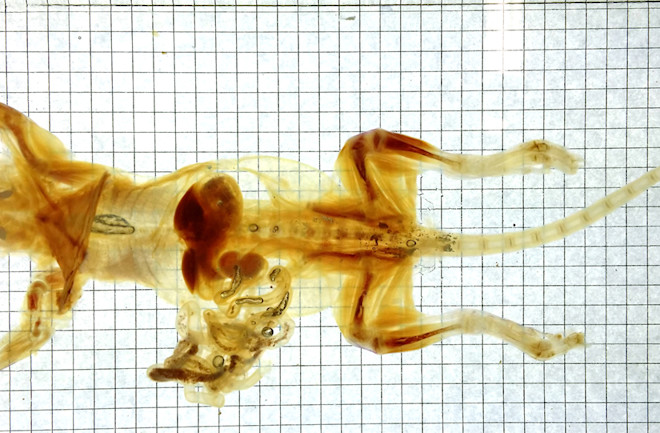
Researchers Enable “Super Mice” To See Near-Infrared Light
Nanoscale devices convert near-infrared light into visible, green light. Injecting them into the eyes enabled mice to view infrared Getty Images
Biotechnology researchers Gang Han and Jian Zhang have given mice near-infrared detection capabilities. This ability was once only available to a select few animals such as snakes, bats, or insects. Gang Han (a biochemist from the University of Massachusetts Medical School) calls the rodents the “super mice.” Cell published the team’s results on Thursday.
Mice and people can detect photons only in the wavelengths 400-700 nanometers. This is a small portion of electromagnetic spectrum. Shorter or longer wavelengths such as those in the ultraviolet and infrared ranges are generally invisible to both species. Lens and the cornea filter most ultraviolet radiation, while our eyes can only see infrared. Tian Xue is a professor of life sciences at the University of Science and Technology of China. “This limit to our visible spectrum” he says. Gang explained to me that Gang was working on this unique material. He was talking about photon conversion nanomaterials. This is a term for low-energy and invisible photons. The key to this function is in the nanomaterials’ composition, says Chris Murray, a materials scientist at the University of Pennsylvania who was not involved in the work. “They are made of a group of elements called rare earth metals,” he says. “One of their fascinating properties is they have very long-lived excitation states.” When a typical atom absorbs energy (from a colliding photon, for example) some of the electrons whirling around the atom’s nucleus dance in a different, more energetic pattern but only for a brief moment. Once the electrons are back in their normal positions, an atom will release the stored energy. This moment for most elements is measured in billionthsof a second.
But for rare earth metals, that excited state can last millionths or even thousandths of a second. Murray states this gives Murray enough time for another photon, which can slam into an atom to build more energy. He says, “It’s almost like someone is climbing up a ladder.” Rare earth metals can “have a little bit more traction,” so they are able stay on the second rung longer enough to catch the next wave. This allows them to capture multiple low-energy photos, even those in the far infrared, and to release it as a single higher-energy one in the visible spectrum.
Han talked to Xue in regards to materials that exploit this rare earth-metal property. They then came up Xue’s “a crazy thought like science fiction”. If the metals were integrated in the eyeballs of an animal as a nanomaterial, scientists might convert the invisible infrared radiation into visible light. It would be able pass infrared visual information directly onto the retina. Xue states that it was not possible. It’s worth trying. Han and Xue created their nanoparticles with two rare earth metals, erbium (ytterbium) and Con (conjugated protein). A. Han explains, “Ytterbium absorbs [infrared] radiation, and then transfers it to a nearby erbium atom that emits it in the form of a green glow.” The nanomaterial is able to absorb near-infrared light of 980-nanometers (which is close to the red end of the visible spectrum). The Con. The Con. The protein attaches to the nanoparticles and causes them to form a crust on the surface of the photoreceptors, much like barnacles.
Are Mice able to see well at night?
Even though mice have poor eyesight, their hearing is excellent and they can hear sounds that are too faint for human ears, which helps them avoid predators. This is… Research published by the U.S. National Library of Medicine shows that mice, being nocturnal animals with weak eyesight, cannot see well in darkness.
When the lights are turned on, will mice come out?
They are very sensitive to bright light and have bad eyesight. They have survival instincts that cause them to avoid large animals. Being active night-time helps mice not be seen by predators and people. They may become scared by loud, flashing lights, or other noises, as they avoid danger.
Is it possible for mice to see in pitch black?
Mice, as nocturnal animals, respond differently to light than other mammals and humans. They have different eyes, which allow them to see even in the darkness. Mice’s eyes were formed so that they can see in both very dark and pitch black light.
Do Mice Come Crawling on Your Bed at Night?
Your bedroom is your personal space. It’s a place where you can relax and get a great night of sleep. … If the mice are infested in your bedroom they may try to climb on you. This is a common behavior when they find the fastest route to their destination from the bedroom to cross the bed.


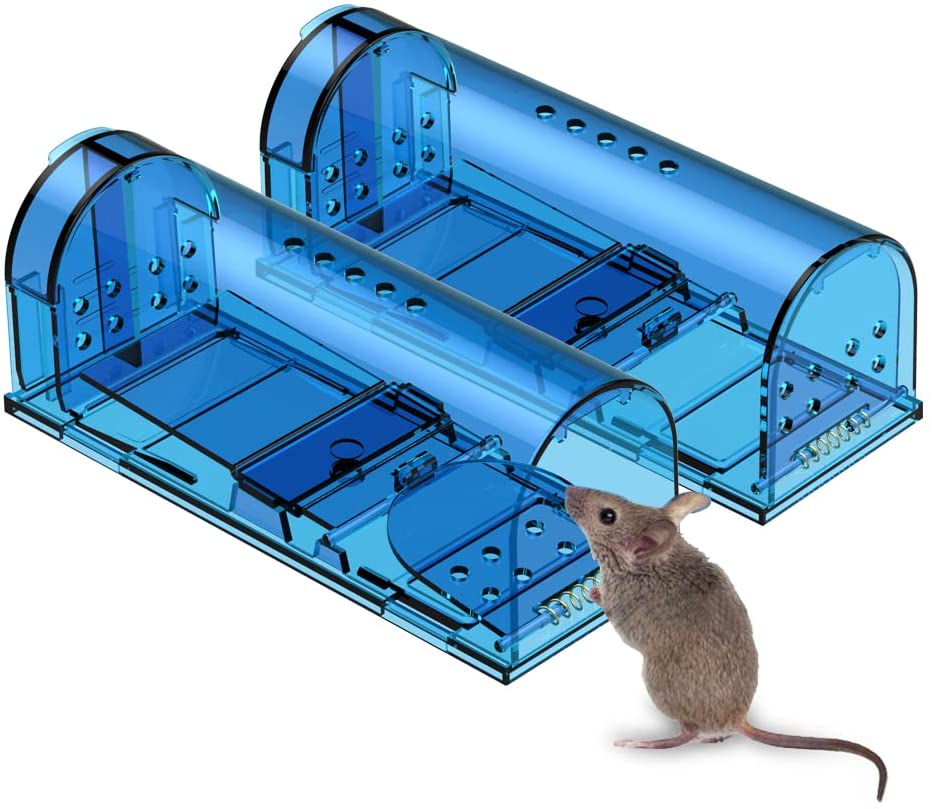











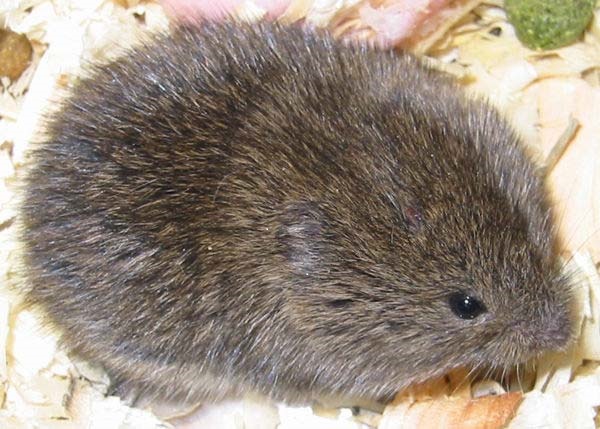
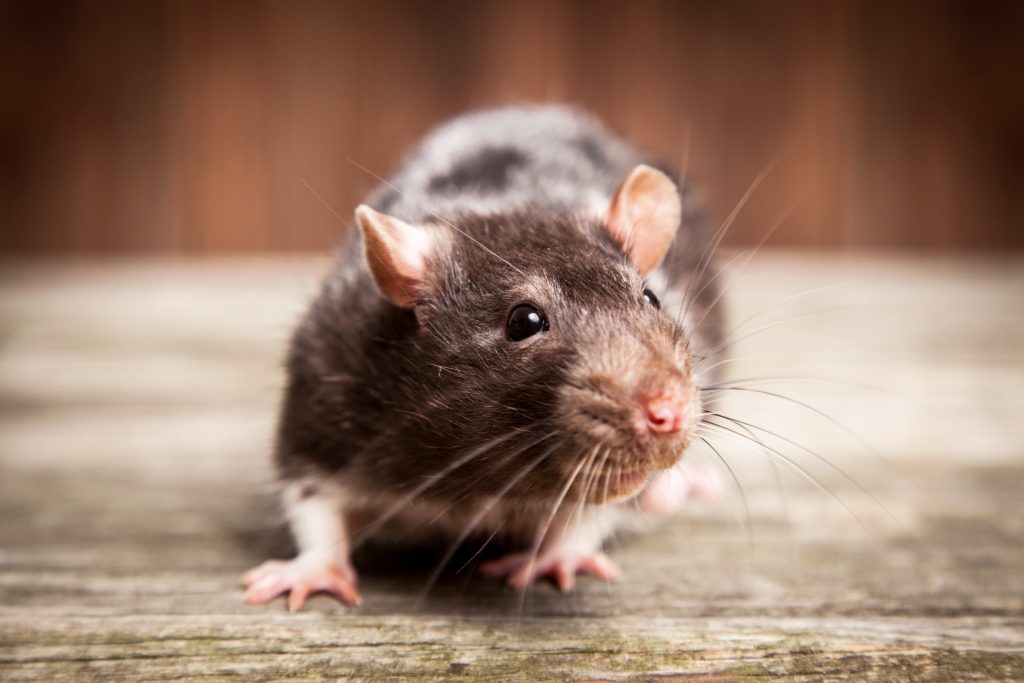









:fill(white)

